San Juan (2004, alea)
The card mechanic in San Juan—like later games such as Race for the Galaxy (2007, Rio Grande Games) and a few other classics—is a binary choice: on many turns, players will be choosing to build one of their cards from hand for a cost of a certain number of other cards from their hand.
That means a player is always faced with a difficult decision: which card do I want to build, knowing that I might not be able to build any of the others? This gets tougher because of the end condition in San Juan—whenever a player builds their twelfth building, the game is over. So, there’s a fine balance between building better, higher-value cards and adding cheap, less valuable cards.
Cards in San Juan are also used as goods on production buildings, but those cards are added from the supply, not from a player’s hand. Still, cards are used to simulate literally everything in the game: buildings, currency, and goods. And it plays so fast!

Covert (2016, Renegade Studios)
This spy-themed dice placement game is my number one most-played game in the house. It might be because of the cards.
The main deck of cards, Agency cards, allow a player to do a few different things with each one. They can be burned to fly to various locations around the map of 1960s Europe. They can be played to activate player abilities before, during, or after dice actions. Some can be discarded to get you other cards. And, you can never have more than 7 of them at any given time, so you also have to tightly manage how you’ll use your collection of cards at any given time.
Covert may have been my introduction to carefully managing how to use cards that have so many functions. Maybe that’s why my wife and I still play this so often; it’s a fantastic 2-player experience to boot.
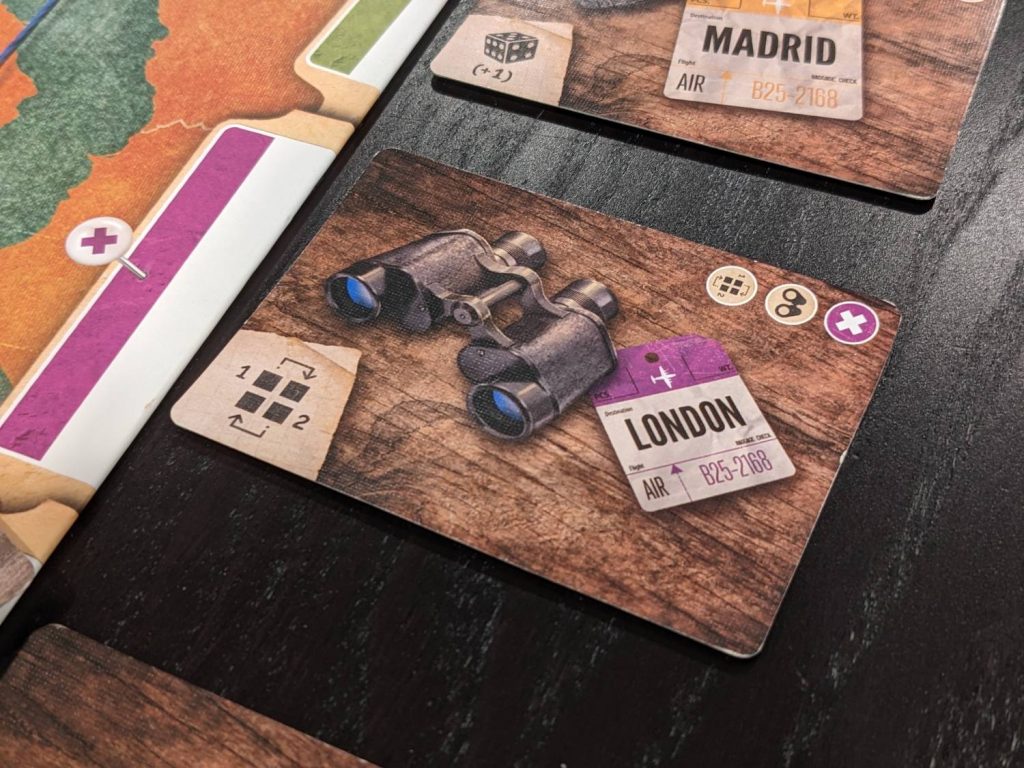
Cryo (2021, Z-Man Games)
As my colleague Tom Franklin and I highlighted in our review, the cards of Cryo might be its best feature, and also its greatest opportunity, because there are not nearly enough cards in the deck!
Each card in Cryo can be played for 4 different purposes:
- They can be used as Missions for end-game scoring;
- They can be slotted as upgrades/player powers for the rest of a game
- They can be used as vehicles, to move life pods to a cavern below the planet’s surface, the main way to score points in a game;
- They can be discarded for 1-2 resources at any time.
The card market in Cryo is exceptionally tight. It is so tight that when you have three card actions, you have to choose whether to draw a card or play a card for each action. For example, you could draw a card, then draw a second card, they play that first card you drew as a Mission. In a game that sometimes features 15-20 actions in total, cards can really make the difference between winning and losing. I love it!

Wildlands (2018, Osprey Games)
Every round in Wildlands, you have a max hand of seven cards. How will you use them to survive the night?
You could burn cards on other players’ turns to defend yourself against their attacks. Each of the cards allows for you to move certain characters in your faction, or take attacks with others. Plus, each time you want to pick up a crystal shard, you need to burn three of the cards with the active character’s icon.
Later, the cards get even more flexible—any of your dead characters’ icons can be used for the crystal shard action, making it much easier to scoop up treasure later in the game. Just watch out for other players using the Interrupt power to break in during your turn!
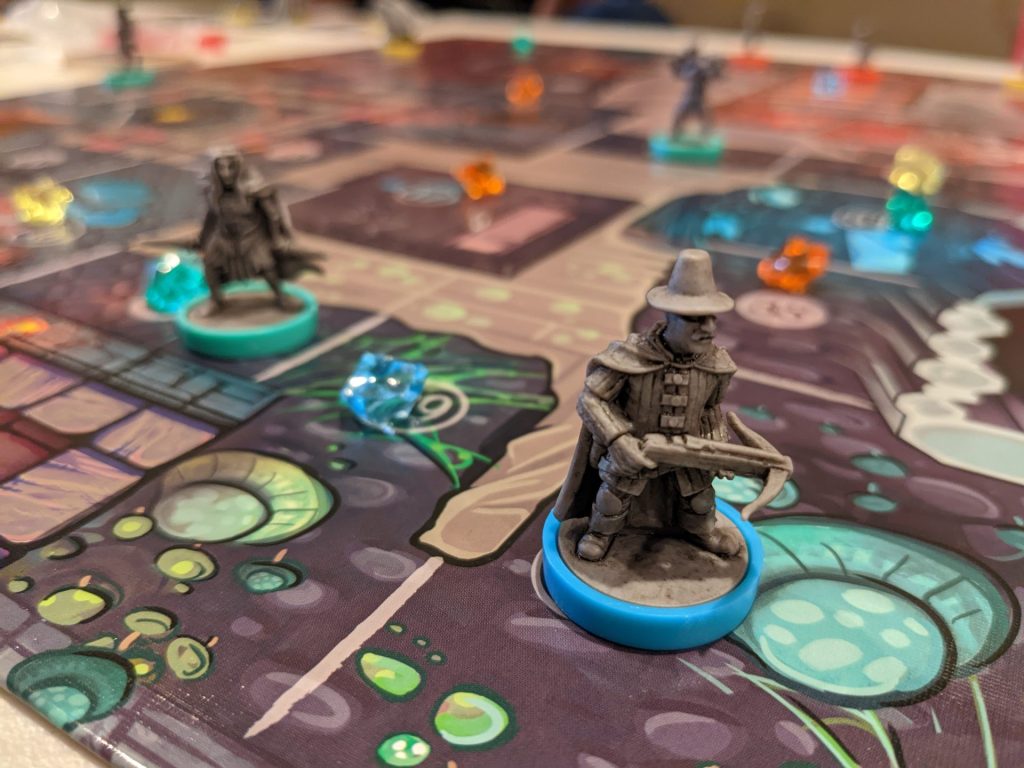
Brass: Lancashire (2007, currently published by Roxley)
In Brass: Lancashire (and of course Brass: Birmingham) I love the way cards can be used. You have to burn a card every turn to do an action (even when you take a loan), but thinking about how to use each card every turn is so much fun. Knowing your odds of drawing other cards later in each round also ends up being a blast—if you burn a card that only has two duplicates in the deck to take an action that could be used for any action, you might not get the chance to build in a specific city later or build a specific industry in a city connected to your network.
The hand management of the Brass games is why both are still in the BGG top 50. But, as I have said before, I prefer one title over the other.

La Granja (2014, currently published by Board&Dice)
Oh, the cardplay in La Granja is so rich!
In La Granja, players are competing to score the most points by, amongst other things, managing their farm better than the rest. Each “Farm Card” almost gives you too many options. You could slot a card on the left-hand side of your player board to become a field, which could produce one of the game’s three base resources (such as olives, grains and grapes). You could place it to the right of your board, to provide chances at additional actions or increase pre-round income.
But then the choices get harder. You could play a card as a “market barrow”, a recipe fulfillment card that provides scoring opportunities right away as well as a trade good that can be used later…and trade goods are often very difficult to get. Cards slotted at the bottom of player boards become helpers, which provide ongoing special powers.
I’ve only played La Granja a couple times, but I am shocked at how tough the choices are with these cards. I wish the game started with a card draft, but otherwise the cardplay in this game is fantastic.
What are your favorite games that feature multi-use cards? Leave some options for me in the comments!


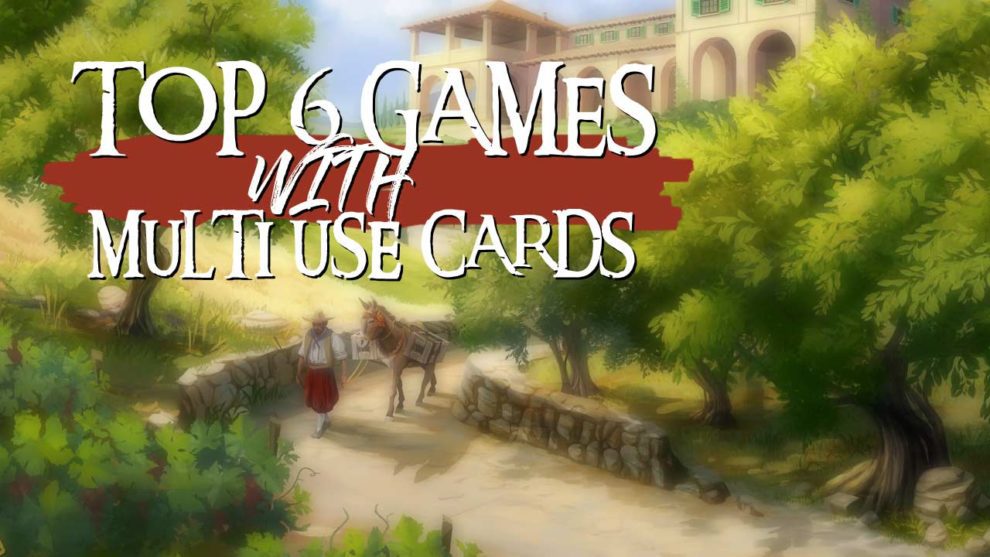



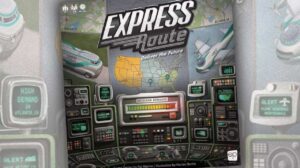
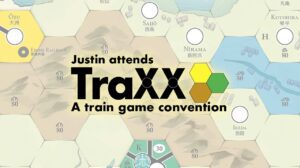

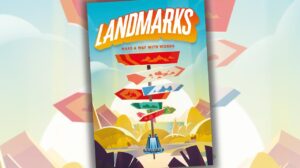




IMHO, YMMV, yadda yadda yadda…
The greatest game ever designed that strongly highlights the multiple uses of each card is GLORY TO ROME. These cards are buildings, resources, patrons, goods, and more, all depending upon where the card is at the time. In your hand, they could be anything, really, all based on the choices you make. It is an amazing game and one I highly recommend.
Thanks for this suggestion David!
Was nice to see someone appreciate La Granja. One of my favorite games. The new version coming out is El Burro.
I 100% with David. Glory to Rome is the best game for multi-use as it can be used to build, used for resources, etc. Depending on how which side of the cars it showing is how it’s used. Too bad this game is almost impossible to get as it’s been out of print for years and the cheapest black box edition I have seen is around $400.